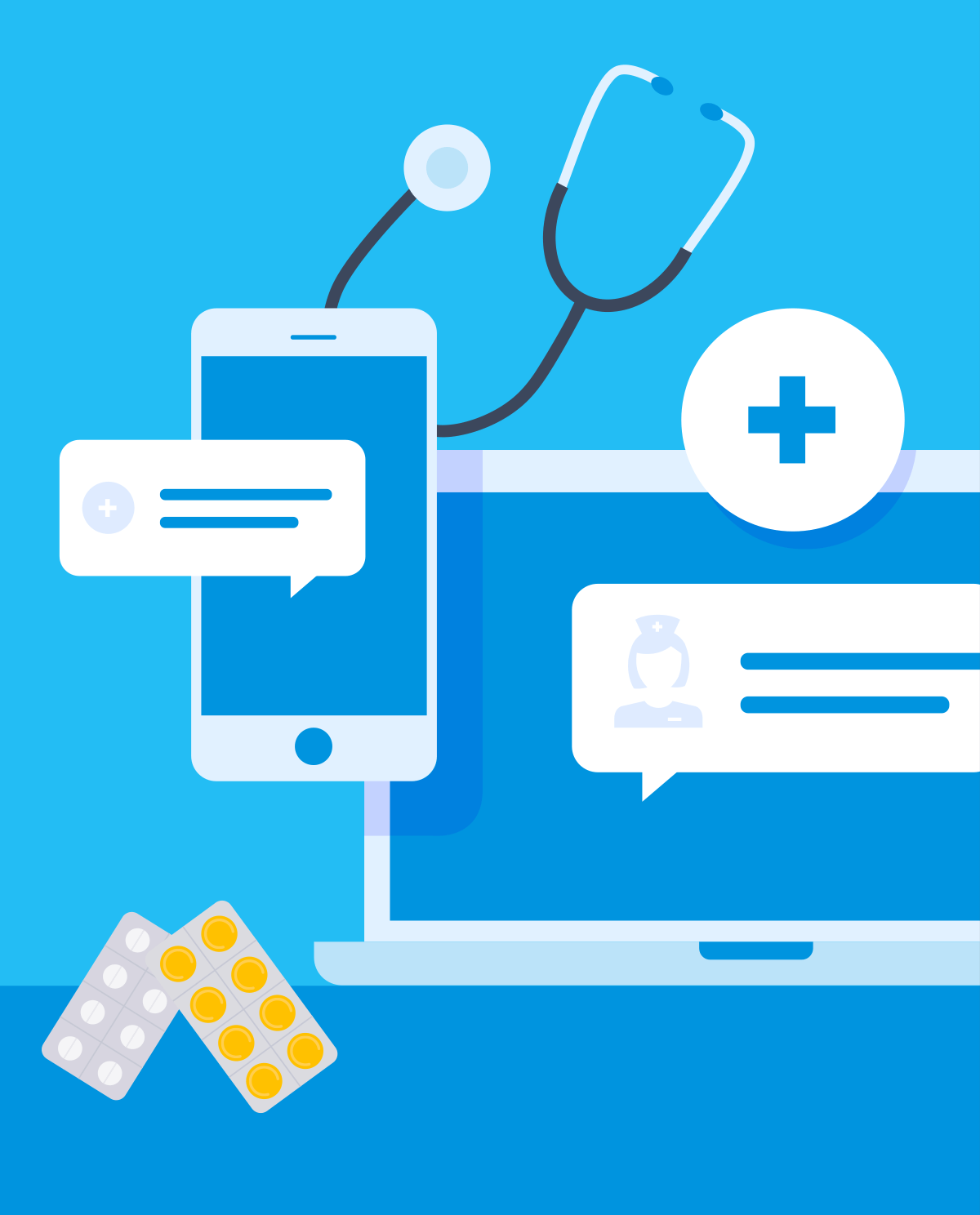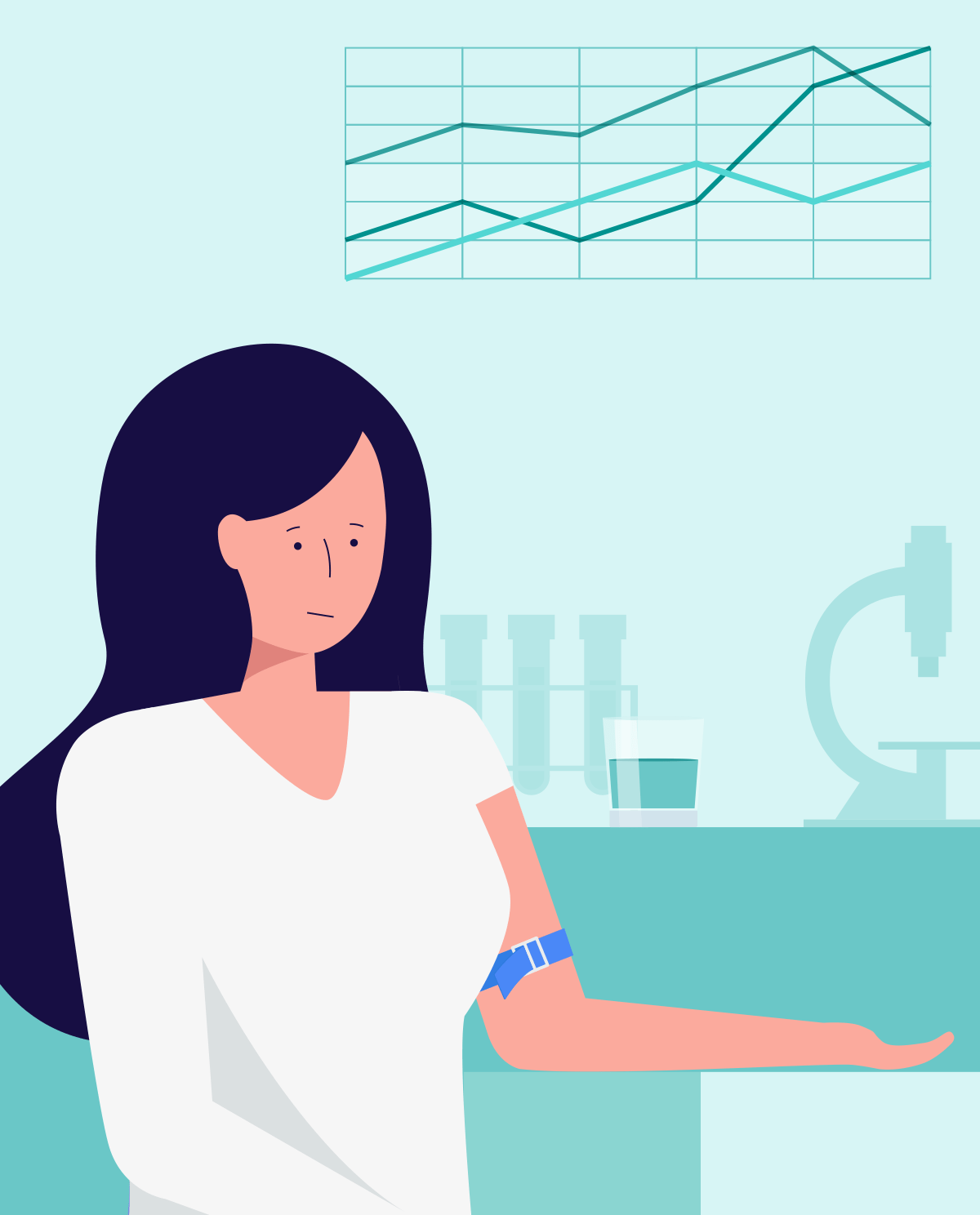What is telemedicine?
Telemedicine is the provision of medical services and remote health care, thanks to the use of ICT systems. New technologies enable us to break geographical barriers and shorten doctor’s queues. Nowadays, it is possible to send the highest quality ECG, EEG or image imaging, as well as to hold a conversation with a doctor in real time. The monitoring of health via mobile devices has become the norm. E-prescriptions will soon become more common. Further development of telemedicine is only a matter of time.
Advantages of e-medicine:
- facilitating access to basic and specialist medical care for people with disabilities,
- the possibility of specialist consultations for residents of small towns and villages where there are no specialists in the field or there are few of them,
- reducing queues to family doctors including e-prescriptions and quick medical interviews,
- gathering medical information in one place,
- acceleration of diagnostics,
- the ability to monitor the health of patients in a continuous manner without the need for visits,
- reducing the number of hospitalizations due to the exacerbation of chronic diseases and reducing the need for patients to commute,
- reducing the overall costs of treatment and health care,
- increasing the possibility of improving the qualifications of medical personnel, e.g. through teleconferences or remote operations,
- reducing barriers to communication between various health centers,
- the possibility of remote work in some medical specializations, e.g. assessment of imaging examinations in radiology.
How does telemedicine work?
- Health monitoring through mobile applications and wearables, including the measurement of body mass, body temperature, blood pressure, heart rate, number of steps, time and sleep phases.
- Collecting research results, information on medicines to be taken and information sheets on treatment and hospitalization in a secure IT system.
- Teleconsultations and video conferences with a doctor or nurse enable you to take part in a consultation in real time and decide on the need for a visit.
- E-prescriptions means the ability to obtain prescriptions for medications without leaving your home, delivered only once a doctor has carefully reviewed your case.
- Dietetics, the opportunity to consult a dietitian and arrange and modify diet plans.
- Telemonitoring of the heart using the tele-EKG system and in some patients a 24-hour Holter monitor test, where they wear the monitor during daily activities.
- In the prevention, diagnosis and monitoring of diabetes by taking self-measurements of blood glucose levels, transmitting the data from the meter to the mobile application for analysis.
- Auditory rehabilitation, The National Teleaudiology Network provides patients with long-term, comprehensive care after cochlear implantation, based on the collaboration of specialists in many fields, including clinical engineers, doctors, speech therapists and psychologists.
- Tele-cabinets and teleoperations, medical robots controlled by a specialized surgeon perform surgical tasks with the use of appropriate instruments, maintaining high precision even in the microscopic operating field.
- Evaluation of imaging tests, e.g. x-ray, CT or MRI, thanks to the possibility of sending high resolution images.
- Joanna Martyniak (ed.): Basics of computer science with elements of telemedicine. Krakow: Jagiellonian University, 2005;
- Wojciech Glinkowski (ed.): Advances in international telemedicine and eHealth. Warsaw: MediPage, 2006;
- Bujnowska-Fedak M.M., Tomczak M. Innovative telemedicine applications and e-health services in the care of elderly patients. Public Health and Management 2013;
- Jankowski M., Klimczak-Wieczorek A., Kloc M., Matuszewski M., Rozum J., Telemedicine in Poland. Opportunities for development, LA. Pagi Foundation, Warsaw 2016;
- Bujnowska-Fedak M., Kumięga P., Sapilak B. The use of modern telemedicine systems in the care of elderly people. Family Medicine & Primary Care Review 2013;
- Jakubiak K. Transferring data from the holter to the doctor's computer increases the accuracy of the diagnosis. Medicine Pulse 2015;
- Skarżyński H. Telemedycine is approaching continents. Size of the Dziekoński J. https://www.mp.pl/otolaryngologia/ekspert/wywiady/132744,telemedycyna-zbliza-kontynenty
- https://www.telemedycyna.org
- http://www.americantelemed.org/home








